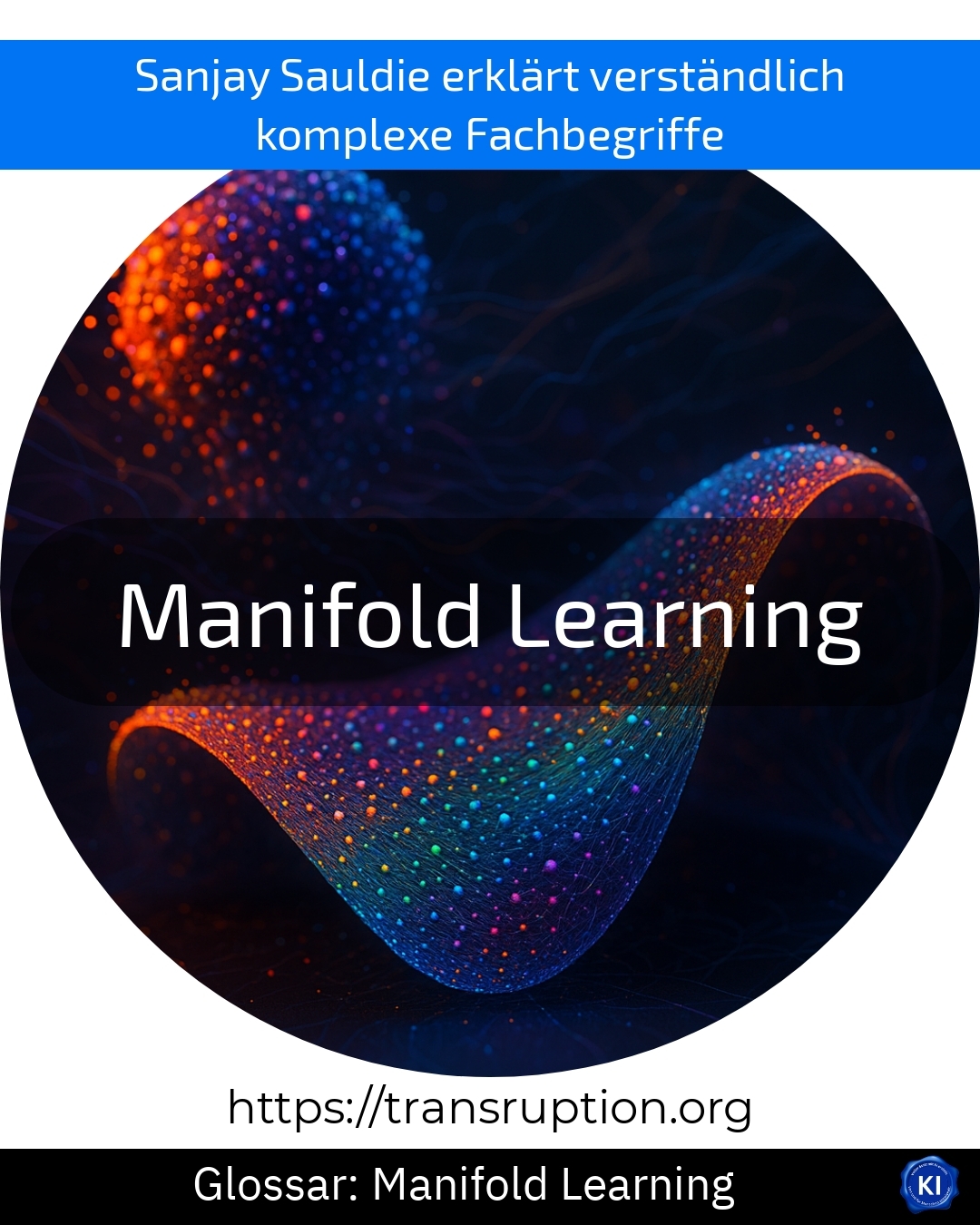Manifold learning belongs to the category of artificial intelligence, big data and smart data. It describes a special method in the field of data analysis. The aim of manifold learning is to visualise very large and complex data sets in such a way that they become more understandable for humans.
Imagine you have a huge spreadsheet with thousands of measurements of your customers' purchasing behaviour. The data is difficult to understand and contains many different influencing factors. With the help of manifold learning, a computer can take these many data points and put them into a simpler form, for example an easy-to-understand graph with two dimensions. This allows you to recognise at a glance whether there are patterns or groups in the data.
An illustrative example: Manifold learning is used in industry to detect hidden errors in complex machine data at an early stage. By "untangling" the data with manifold learning, experts recognise when and where there are deviations that could indicate a problem.
Manifold learning therefore helps to find hidden correlations in large amounts of data. This enables better decisions and can make processes significantly more efficient.















